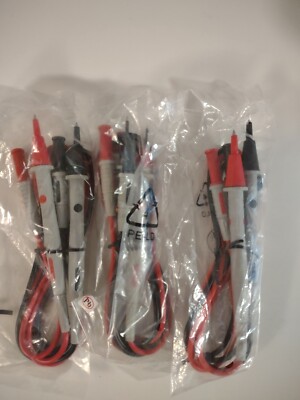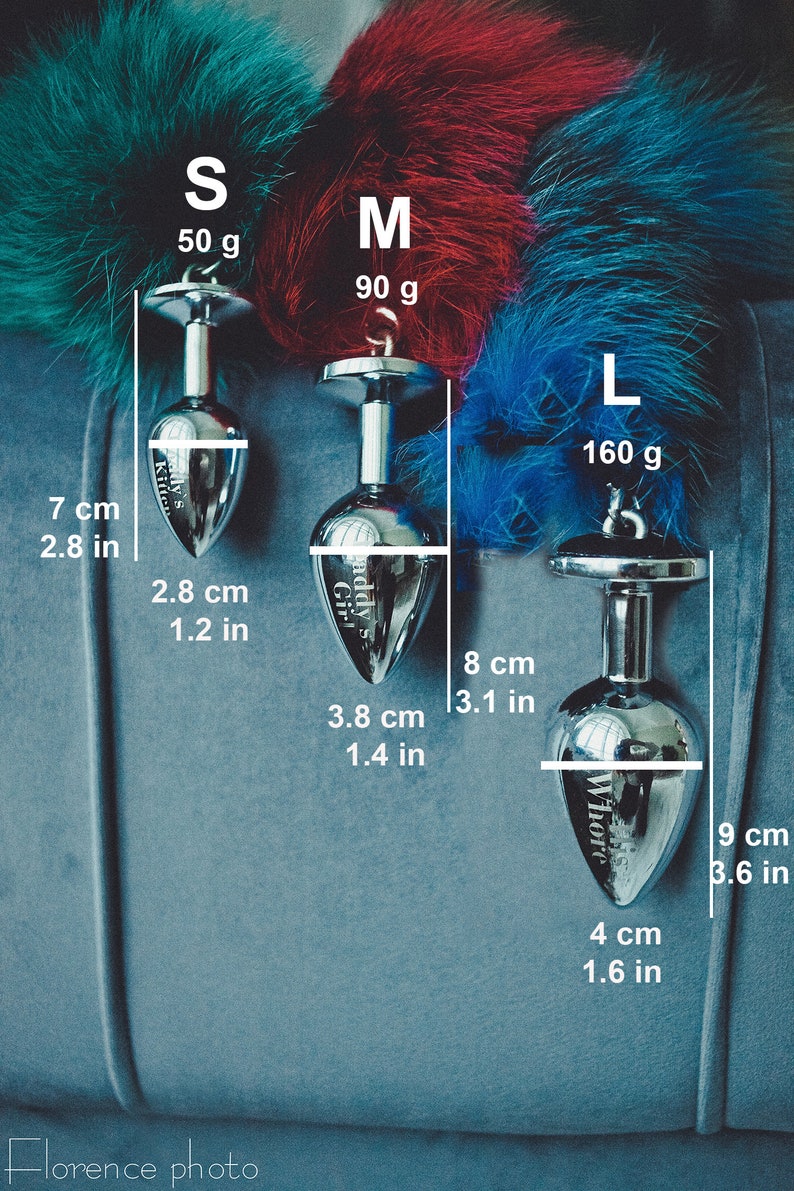


Researchers did not have similar data from the 33 submitted plugs.īladder biopsies were not performed on any of the nine treated dogs so it is not known if the cause could be related to chronic bladder infection as it is in cats. The nine dogs treated at the veterinary center had no evidence of bacteria in their urine or bladder infections. In dogs, these crystals are most commonly associated with bladder infections. Struvite crystals are composed of magnesium, ammonia and phosphorus. Nine of the samples were from dogs treated at the Minnesota Veterinary Medical Center, the rest were submitted by other institutions or private practitioners.Įighty-one percent of the plugs contained crystal formations called struvite. The facility is known for its leadership in veterinary urinary stone and crystal research and is used worldwide by veterinarians seeking urinary stone analysis. The study was a result of 42 samples of urethral plugs submitted to the Veterinary Medical Center at the University of Minnesota. Affected cats are generally released from the hospital with specific treatment for bladder infections or, more commonly, interstitial cystitis (chronic bladder wall inflammation of unknown cause) and dietary management.īecause this new study is the first to report urethral plugs in dogs, less is known about the cause and treatment for this condition. Provided the condition is treated soon enough, 24-48 hours of hospitalization returns body function to normal with minimal, if any, permanent kidney damage. This also promotes the production of large amounts of dilute urine to help dissolve plugs that were forced back into the bladder with urethral catheterization or plugs that may be forming in the bladder. Intravenous fluid therapy is initiated to “flush” the kidneys and prevent further damage. Treatment requires relieving the obstruction and re-establishing urine flow through the urethra and penis with a urethral catheter. Electrolyte (sodium, potassium) imbalances develop, endangering heart function and ammonia levels in the blood rise to toxic levels. The backed-up urine increases pressure in the kidneys, causing potentially permanent dysfunction. These crystal accumulations become lodged in the small urethra and block the outflow of urine. The male urethra in dogs and cats is much smaller in diameter than the females. The mucous and cellular debris are thought to be a result of infection or chronic inflammation of the bladder lining. Urethral plugs are solid, soft masses composed of crystals, mucous protein and cellular debris. The findings were just published in the March/April edition of the Journal of Veterinary Internal Medicine. Although male dogs can become obstructed by stones, only recently has it been reported that they can also develop a plug in their urethra. This obstruction of urine flow from the bladder to the penis opening can be life threating if not treated. Cat owners are very familiar and concerned about urethral plugs in their male cats.


 0 kommentar(er)
0 kommentar(er)
